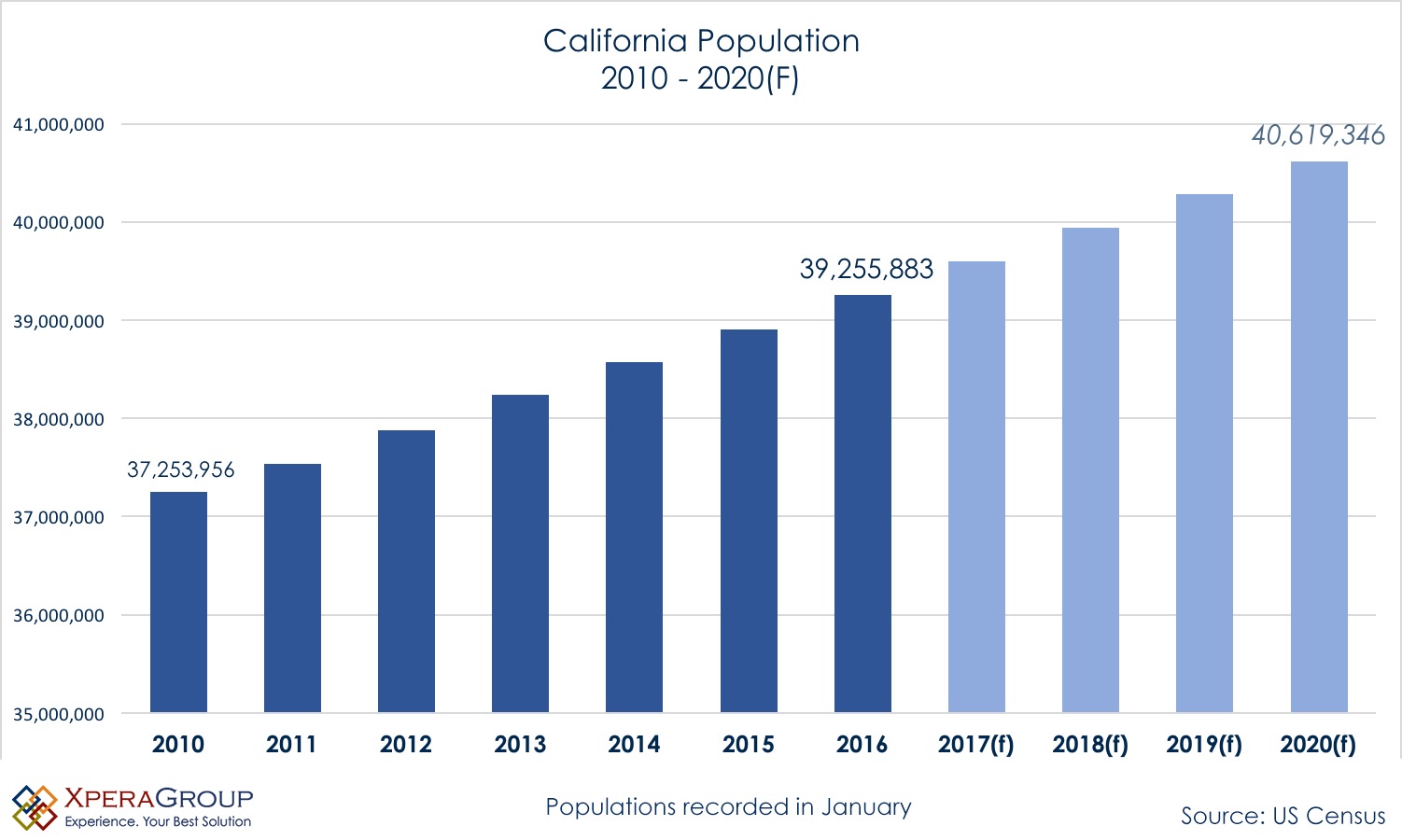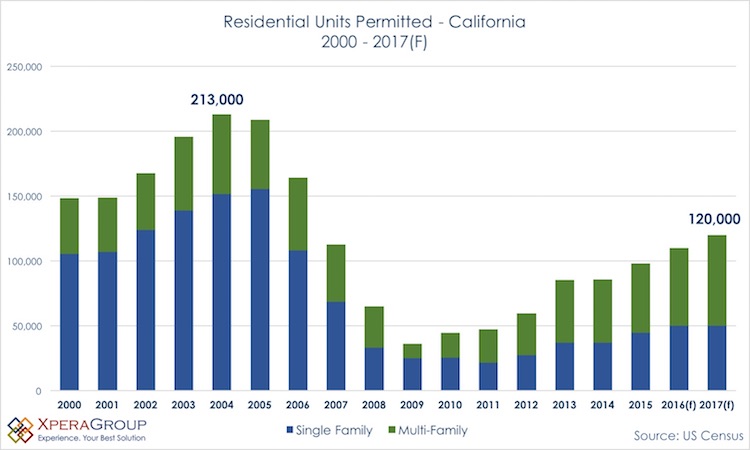California Economic Forecast 2017
The Year of the Yawn
Economist Alan Neven takes a look at the latest housing and employment numbers in California for his 2017 economic forecast. Will this be a year of status quo or are we in for some surprises? What’s in store for the Golden State?
By Alan Nevin
Last year I titled my California Forecast: the Year of the Yawn. I hesitate to say it, but 2017 will be a repeat of 2016. And that’s not so bad.
Yes, we have a new president, and a new senator from California, but history has shown that those folks who live in the nation’s capital have a fairly inconsequential effect on the Golden State. I have said, in the past, partially in jest, that if the President of the United States were to disappear for four years, the state of California wouldn’t notice it. Only if the folks in D.C. would meddle with our military budget would we find it necessary to bring that to the attention of our elected of officials.
Yes, we Californians have a life of our own, largely disconnected from the other states. This decade we will add another 3 million persons to our burgeoning population, ending 2017 with just about 40 million.

Population
Better yet, in 2017, we will add between 350,000 and 400,000 new jobs, No. 1 state in the nation. In fact, over the past five years, we have been adding that many jobs each year. Let’s face it: we are a job machine.
Better yet, the jobs we are generating are generally well paying.
In 2017, California will add some 50,000 professional, scientific and technical jobs and more than 80,000 jobs in health care and education.
Certainly, our salaries don’t go as far as we do in most other states, but it does appear that most folks would rather suffer our high cost of living rather than move to Detroit or Chicago, where the homes are cheap, but employment opportunities are meager.
The one missing link in California is housing production. I am thrilled to report that this year Gov. Jerry Brown announced there is a housing shortage. It took him almost two terms in office to notice it. Unfortunately, his first major effort to ease the situation was soundly shot down by the liberal legislators. His plan was simple: any property zoned appropriately could be built out without further interference from the community planning groups or city councils. Great idea!
Production of sale housing (attached or detached) as well as apartments is a necessity for the future of our state. Further, based on climate-changing legislation at the federal level, it is now necessary for cities to embrace density. Unfortunately, few cities are willing to get with the program.
The supply/demand equation is easy to comprehend: the state adds, say, 320,000 jobs. Actually, in the past four years, the state has averaged some 400,000 new jobs annually.

Residential Units
And let’s say newly formed households average three persons per household. Thus, every year we need to produce 100,000+ housing units. Simple math.
It has been nine years since the state produced 100,000 units. Since 2008, the average housing production in the state has been 32,000 single-family homes and 30,000 multi-family units (virtually all rental apartments). Thus, since 2008, the total production of 62,000 housing units is one-third less than is needed. Thus, since 2008, the state has been shy a total of one-third of a million housing units.
How do we know that? We know it because the vacancy rate in apartments has fallen to 2-3 percent in most coastal areas. We also know that as many as 30 percent of millennials are still living with their parents.
The press likes to talk about their surveys that show that millennials don’t intend to buy homes. The reality is that if there were homes produced that are within the affordable ranges for millennials they would buy. In today’s California, only one-third of buyers are rst timers.
In a normal market, there are four resales for every new home sold. When there are few new homes, folks stay in the home they are in and don’t move up or down as they traditionally do. Thus, the resale market is heavily impacted by the housing shortage. In most coastal areas, there is traditionally a six-month supply of inventory (i.e., homes for sale). Today, it is about half that and in some “hot” areas, a two-month supply. Therefore, prices continue to rise, further pricing out the first timers.
In 2017, it is highly likely that single-family home production will be in the 50,000-unit range and multi-family 70,000 units. Virtually all of that 70,000-unit production will be rentals. Because of the litigation headaches of years past, few developers are willing to venture into vertical condominium construction. A few will venture into townhome production.
The paucity of construction is the result of both the anti-density mentality of most communities and the absence of shovel-ready dirt. I don’t see that changing in 2017.
Fortunately, the downtowns of San Francisco, Los Angeles and San Diego are booming with vertical construction, but it’s virtually all rentals and virtually all very expensive. It’s difficult to build vertical apartments with rents less than $3 to $3.50 per-square-foot.
A major part of the housing problem is the dollar limits for non-conforming loans. The limits relate to housing prices in Iowa.
The question arises: how long can we produce 300,000+ jobs per year without providing housing? I’m not sure I know the answer, but I can surmise that, at least in 2017, the state will add more than 300,000 persons and more than 300,000 jobs. And most states in the nation would kill to match California.
2017: another year of yawn In California. Time to buy a new surfboard.
